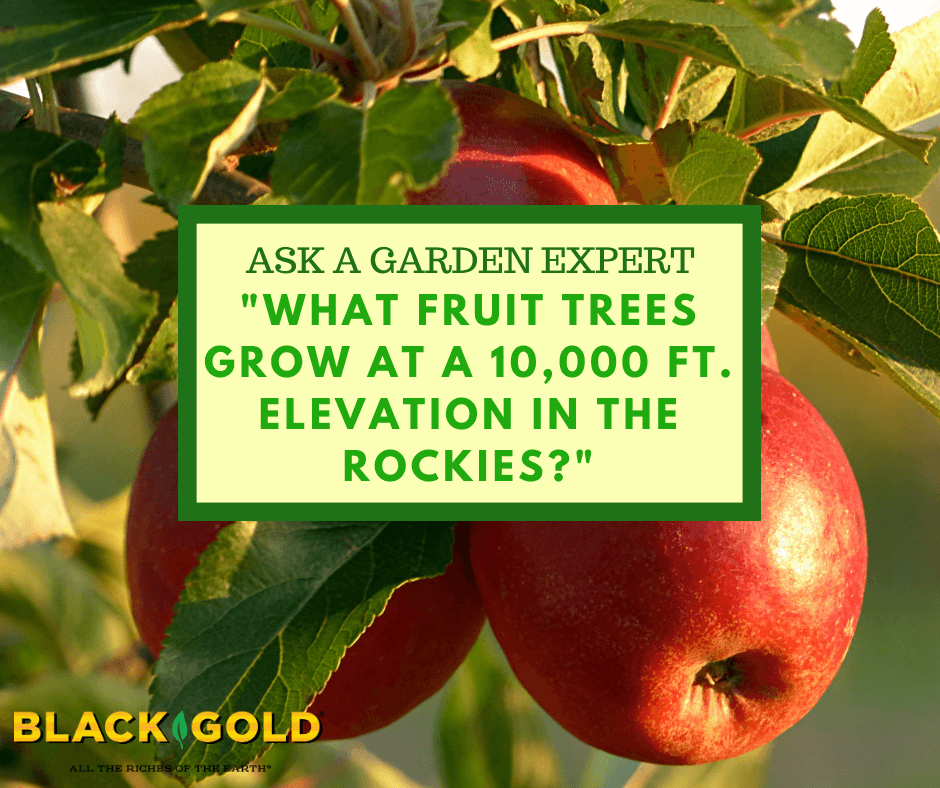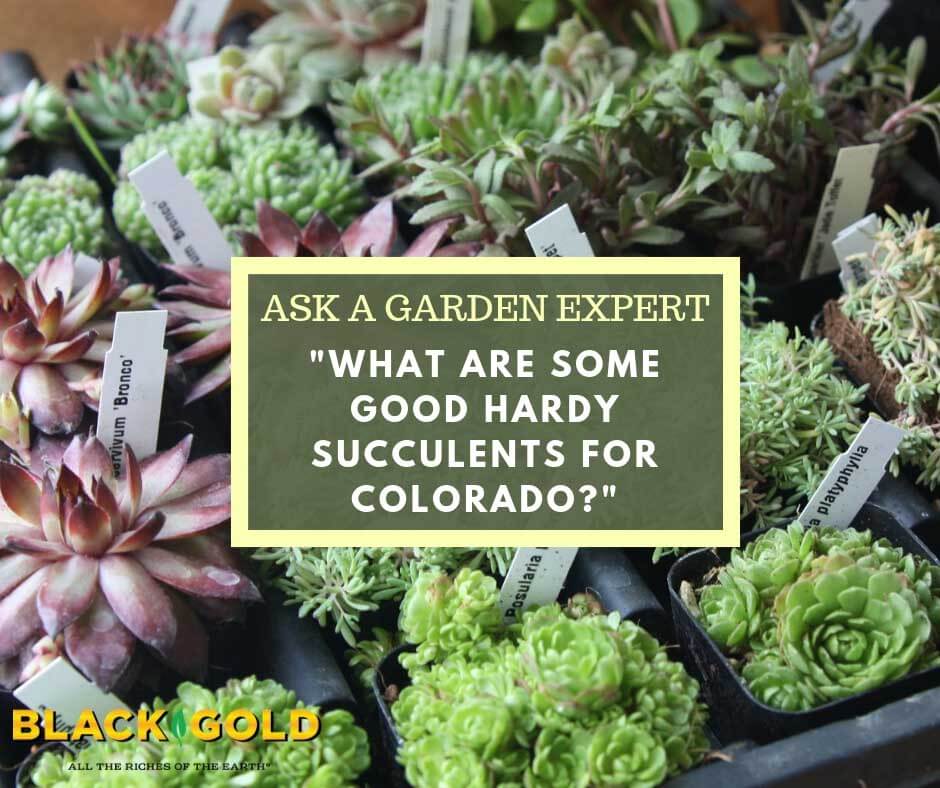
“Our biggest challenge up here in the mountains is the wind. Unless we build a sturdy greenhouse, there’s no way around it as it comes through and over fences as well. (10-35 mph on about 75% of days) Any plant suggestions?” Question from Wolf of Westcliffe, Colorado
Answer: When growing conditions are a problem for average garden-center plants, don’t complicate things. Go native. There are lots of beautiful native plants that grow well in Westcliffe’s warm summers, freezing winters, drought, and windy weather.
Dryland Native Plants for Colorado
When seeking the best garden plants for a region, I always turn to state extension services and universities for information about best-fit plants. They’re always the best resources for regional landscape plant recommendations. And, low and behold, when searching for your local flora, I found the document that you need. Colorado State and the Colorado Native Plant Society put together an outstanding piece about high-altitude, native garden plants for low-water regions in Colorado. (Click here to view it.) It lists some all-round garden favorites, like the Rocky Mountain bee plant (Cleome serrulata), beebalm (Monarda fistulosa), blanket flower (Gaillardia aristata), and even Black-eyed Susan (Rudbeckia hirta), but it also lists many other native flowers and shrubs just found in your area. Its plant suggestions and bed ideas are outstanding. They are also wind-tolerant.
Your region is blessed with some of the most beautiful native plants in the US. I hope that this information is helpful.
Happy gardening,
Jessie Keith
Black Gold Horticulturist




